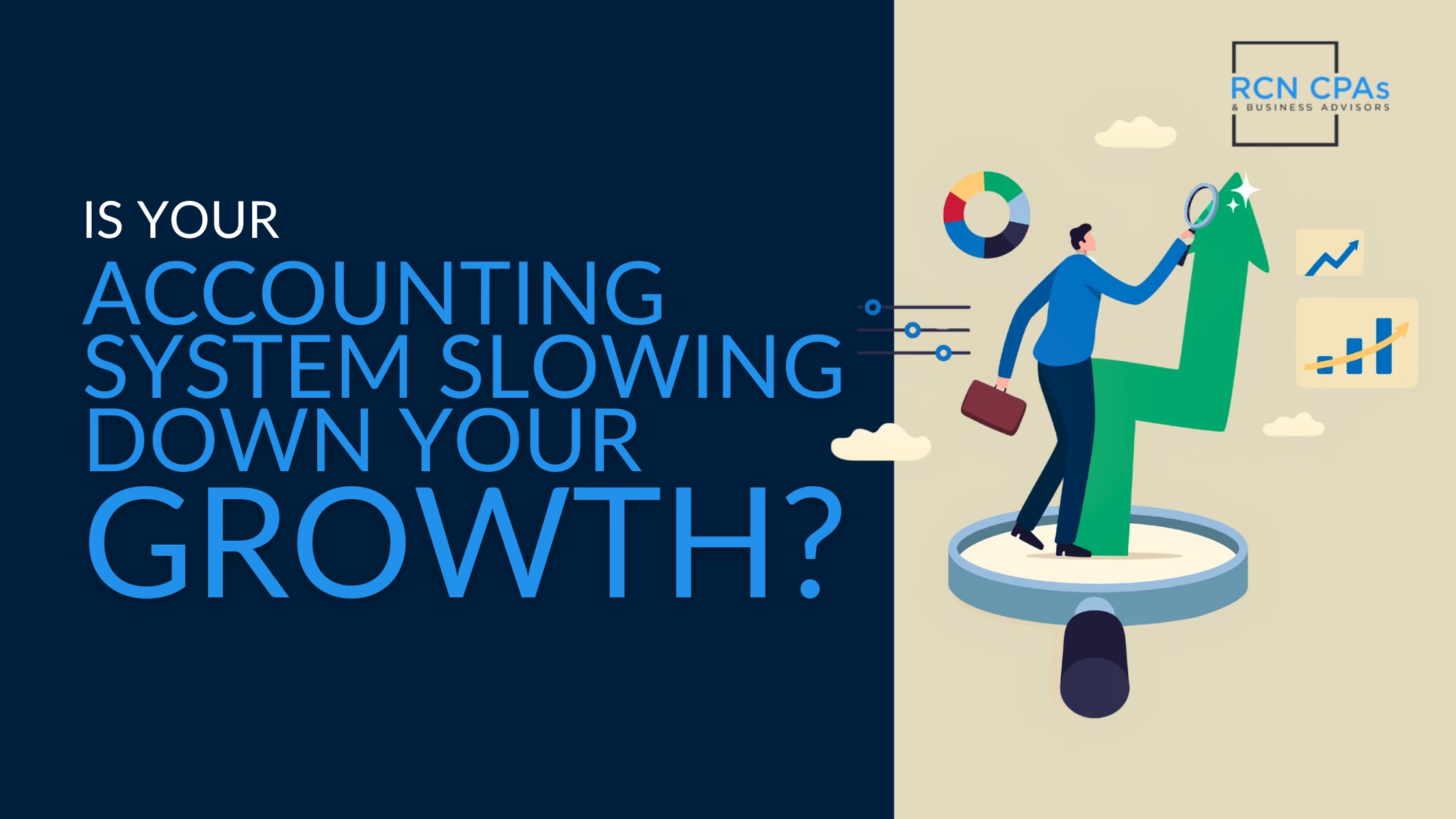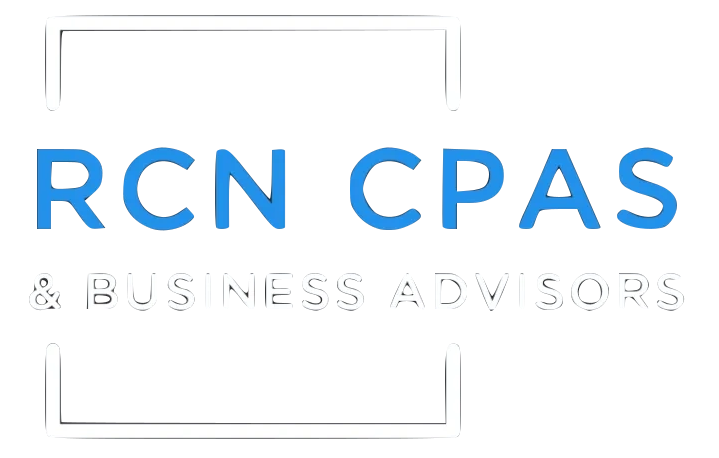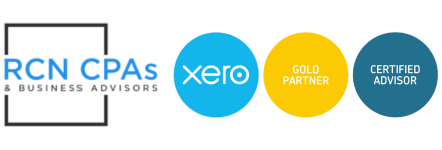Is Your Accounting System Slowing Down Your Growth?

The numbers are coming in faster than ever—sales are strong, expenses are fluctuating, and your team is busier than it’s ever been. But when you sit down to review your financials, something doesn’t feel right.
Revenue looks healthy, yet your cash flow feels strained. Reports don’t quite line up with what’s happening on the ground. You ask for updated figures, and your accounting team says, “We’re still reconciling that.”
If that sounds familiar, you might not have an accounting problem. You might have a system problem.
When Growth Outpaces Your Accounting Infrastructure
In the early days, your accounting setup probably made perfect sense. QuickBooks handled your books. A spreadsheet tracked expenses. Maybe you even automated invoicing through your CRM.
But as your business grew, so did the complexity. More clients. More transactions. More moving parts. What used to be a simple monthly close is now a two-week exercise in gathering data from tools that don’t talk to each other.
And the consequences are real:
- You don’t have full visibility into your true margins.
- Forecasts rely on outdated or incomplete data.
- Your finance team spends hours cleaning spreadsheets instead of analyzing insights.
- Decision-making slows down because no one trusts the numbers.
The truth? You’ve outgrown the system that once worked perfectly.
The Hidden Cost of Lag
When your financial data lags behind reality, you’re forced to make decisions in the dark.
Imagine this: your business brings in $2.5 million in annual revenue. You make key spending decisions based on last month’s performance, unaware that vendor costs have already climbed 12%. That small delay translates to tens of thousands of dollars in unexpected expenses by year-end.
It’s not just about the money—it’s about control.
Without real-time financial visibility, you can’t accurately forecast, price, or plan. You might be taking on work that looks profitable but actually isn’t. You might be investing in areas that drain cash instead of fueling growth.
And when your accounting system can’t keep pace, you spend more time fixing errors than focusing on strategy.
Accounting Today Is About Integration, Not Entry
Modern accounting systems aren’t just digital ledgers—they’re financial intelligence platforms.
They connect your CRM, inventory, payroll, and banking systems into one synchronized flow of data. They automate reconciliation, flag inconsistencies instantly, and give you dashboards that reflect what’s happening in your business right now, not weeks later.
If you’re still exporting CSVs, reconciling bank statements manually, or depending on emailed reports to understand cash flow, your system isn’t just outdated—it’s obstructing progress.
Building a Financial System That Scales With You
The truth is, strong accounting systems don’t just manage numbers—they enable better decisions. They give you a clear, real-time picture of what’s happening inside your business and the confidence to act quickly.
So, what does a working system actually look like?
How a Healthy Accounting System Operates
A system that’s keeping up with your business typically has:
- Real-time visibility: You can see cash position, revenue, and expenses instantly without waiting for manual updates.
- Integrated data flow: Your CRM, payroll, POS, and inventory systems all sync automatically. No duplicate entries. No manual imports.
- Accurate, timely reporting: Reports generate on demand, not at month-end, and they reflect reality—not approximations.
- Automation where it matters: Recurring transactions, reconciliations, and expense categorizations run with minimal manual effort.
- Insight beyond compliance: The system surfaces trends—like rising costs or slow-paying clients—before they become problems.
If that describes your setup, congratulations—you’re ahead of most businesses.
But if any of the following sound familiar, your system likely needs attention.
How to Know Your System Is Falling Behind
Here’s what a system under strain looks like:
- Reports don’t tie out, or they take too long to produce.
- You need multiple tools or spreadsheets just to get a full financial picture.
- Your accountant spends more time fixing errors than interpreting data.
- You can’t easily measure profitability by product line, client, or location.
- Forecasting feels like guesswork because your numbers are always outdated.
These aren’t just inconveniences—they’re warning signs. They tell you your system isn’t just inefficient; it’s limiting your visibility and slowing your growth.
What It All Means for Your Business
Upgrading your accounting system isn’t about chasing the latest tech trend—it’s about ensuring your financial infrastructure evolves alongside your business.
When your system delivers real-time visibility, integrates seamlessly, and empowers smarter decision-making, it becomes more than an accounting tool—it becomes your growth engine.
So ask yourself:
- Are you confident in your numbers at any moment?
- Do your reports tell you what happened or what’s next?
- Is your team spending time on insights—or just input?
If your system can’t confidently answer those questions, it’s time to rebuild the foundation before it starts holding you back.
Because in business, clarity isn’t optional—and your accounting system should never be the reason you’re flying blind.
We help business owners evaluate their accounting infrastructure, identify performance gaps, and design systems built for scale—not just survival.
👉 Schedule a strategy call today to see how we can help your financial systems catch up with your growth—and start giving you the visibility and control your business deserves.





